Ig Nobel Prize 2021 – The scientific fun continues
The Ig Nobel Prize is a satirical prize awarded for scientific achievements that make people laugh and then make them think. The name of the award is a wordplay with ‘ignoble’, which means ‘inglorious’, ‘undeserving’ and ‘non-noble’.
In 2021, the 31st Annual Ig Nobel Prize ceremony, usually taking place at Harvard University’s Sanders Theatre, was held in the online theatre for the second year in a row due to the pandemic. Nevertheless, this celebration of science, life, and life in science has successfully maintained its wacky grandiosity. Filled with singing, tossing paper airplanes and 24/7 lectures, this year’s Ig Nobel Prize laureates were awarded for their exceptional achievements. Here we present all ten winners of 2021 that made us laugh, and then think.
Ig Nobel Prize 2021 winner for biology: Studies of cat-human communication
This year’s Ig Nobel Prize for biology went to Susanne Schötz, Robert Eklund, and Joost van de Weijer for analysing the modes of cat-human communication. For about 10 years, yes, 10 years, these exceedingly dedicated researchers recorded and analysed different sounds produced by cats, such as purring, chirping, chattering, trilling, tweedling, murmuring, meowing, moaning, squeaking, hissing, yowling, howling, growling, and, believe it or not, the list goes on. They even tested humans to see how they differentiate between sad meowing (when cats go to the vet) and happy meowing (when cats are about to be fed) simply by listening to 12 recordings of meowing. And yes! Cat lovers were right all along! You can indeed understand your cat… maybe not perfectly, but it turns out that humans, especially those that have some experience in owning a cat, can differentiate between sad and happy types of meowing (Schötz et al., 2011, 2012, 2014).
Bonus fact: Did you know that there are multiple examples of cats saving their owners’ lives? One example is a cat named Schnautzie that warned its owner about a gas leak by tapping him on his nose while he was asleep. The cat-human communication extends beyond sounds (Coffey, 2014).
Ig Nobel Prize 2021 winner for ecology: The discarded chewing gum bacteriome
Have you ever walked down the street, feeling happy and relaxed, soaking up the sun, and then suddenly… you step on an improperly discarded chewing gum? Gross! Isn’t it? Well, some scientists apparently love discarded gums… This year’s Ig Nobel Prize for ecology was awarded to a Spanish/Iranian research team that analysed the bacteriome of used gums stuck on the pavements in 5 different countries. The team analysed how that bacteriome changes over the course of three months. It turns out that at first, gum is inhabited by bacteria known to commonly reside in human mouths. Then, those bacteria gradually disappear in the process of ecological succession, and environmental bacteria take their place. Interestingly, the bacteriome of older chewing gum resembles the bacteriome of plant surfaces, Antarctic rocks, deserts and solar panels. The paper was published in Scientific Reports – Nature by the way (Satari et al., 2020).
Bonus fact: Did you know that the value of the chewing gum trade exceeded 30 billion $ in 2019 (Loose et al., 2020)? Chew on!
Ig Nobel Prize 2021 winner for chemistry: The smell of fear
The Ig Nobel Prize 2021 for chemistry was awarded for the chemical analysis of the air in a movie theatre for the odours produced by the audience, and whether this can be used to classify a movie in the age rating system:
G – General Audiences
PG – Parental Guidance Suggested
PG-13 – Parents Strongly Cautioned
R – Restricted
NC-17 – Adults Only
At present, the age rating that is bestowed by a rating committee is supported by algorithms that take into account the graphic content of the movie (such as sex scenes, violence, and so on), as well as the vocabulary used. Thus far, the age rating was never determined based on people’s reaction to the movie. This is where Stönner and his colleagues come in. They analysed the movie theatre air for more than 60 volatile organic compounds known to be exhaled by people and hypothesised that the concentration of some compounds will increase if a movie provokes human emotions. The researchers found that the concentration of isoprene was a good predictor to rate a movie according to the levels of violence, sex, language, etc. across different movie genres (Stönner et al., 2018). Just wow!
Bonus fact: Did you know that humans produce different chemosignal-containing odours in different emotional states that can be perceived by others? Chemosignals also seem to be involved in interspecific communication with dogs and horses (Calvi et al., 2020)!
Ig Nobel Prize 2021 winner for economics: George Orwell sends his greetings
Have you ever wondered why some politicians start to grow in size after their rise to power? The Ig Nobel Prize 2021 for economics might provide a hint. The prize was awarded to Pavlo Blavatskyy for his study on obesity levels among the cabinet ministers of 15 post-Soviet countries and the level of corruption in those countries. He used an algorithm that estimated the body-mass index (BMI) by analysing the faces of cabinet ministers and correlated these BMIs with several measures of corruption provided by the NGOs Transparency International e.V., European Research Centre for Anti-Corruption and State-Building, and the World Bank. It turns out that the estimated BMI is highly correlated with the measures of corruption in a country. The obesity of politicians could indicate political corruption even on a local level (Blavatskyy, 2021).
Bonus fact: Sedentary life has been linked to obesity and health problems. Recent research suggests that osteocyte-depending sensors in the bones of the lower extremities could be involved in weight regulation. An activation of these sensors by standing for longer periods of time could decrease obesity in humans (Jansson et al., 2017).
Ig Nobel Prize 2021 winner for medicine: Nasal obstruction remedy
Having a problem with nasal obstruction? You should consider having sex! The Ig Nobel Prize 2021 for medicine went to Olcay Cem Bulut and colleagues for investigating the healing powers of sex when it comes to nasal obstructions. It has been shown that hormonal changes can affect nasal airway resistance based on the activation of the sympathetic nervous system. The researchers evaluated nasal breathing before sexual activity, immediately after, 30 minutes, 1 hour and 5 hours after sexual activity. They found that nasal breathing was improved for up to 60 minutes after sexual climax! Ultimately, breathing was improved to the same degree as after the application of a nasal decongestant. However, there is a caveat; the nasal airway resistance reverted to the baseline after 3 hours. The Beatles were wrong! “Love” is not all you need, at least not for improving nasal obstruction (Bulut et al., 2021).
Ig Nobel Prize 2021 winner for peace: Beard vs fist
The Ig Nobel Prize 2021 for peace was awarded to Ethan Beseris, Steven Naleway and David Carrier for testing the hypothesis of whether males evolved beards to provide protection against punches by absorbing and dispersing the energy. After all, intra-species fights have always been a part of life and therefore evolution, and the lower jaw (mandible) is often fractured in hand-to-hand fights. The research team tested this hypothesis by measuring the impact force and energy absorbed by a fibre epoxy composite, representing the bone, covered with sheep skin both with and without hair. The punch was provided by dropping a weight on the constructs. Needless to say, bearded constructs absorbed about 30% more energy than the constructs without beards (Beseris et al., 2020). So, if you like to fight, better grow a beard!
Bonus fact: The face is usually the primary target in hand-to-hand fights. It has been suggested that the evolution of hominin facial features was in parts driven by the need for protection during fights (Carrier and Morgan, 2015).

Ig Nobel Prize 2021 winner for entomology: Diving cockroaches
The Ig Nobel Prize 2021 for entomology was awarded to John Mulrennan Jr. and colleagues for their ground-breaking research on cockroach control on eight U.S. Navy submarines in 1971. A little known fact is that ever since the invention of sailing ships, cockroaches have been a serious problem on board. At some point pesticides have been used, but the enclosed nature of submarines eliminates the use of most insecticides as they produce hazardous vapours.
The researchers found that using dichlovor aerosols and 2% propoxur bait was an efficient way of exterminating cockroaches on board nuclear submarines. As a result, there was no need to use dangerous chemicals that caused health issues to submariners (Mulrennan et al., 1971). So, next time you have problems with cockroaches in your nuclear submarine, thank John Mulrennan Jr. and his colleagues for the easy solution.
Bonus fact: It has been stated that cockroaches can hold their breath for 40 minutes and can even survive underwater for 30 minutes!
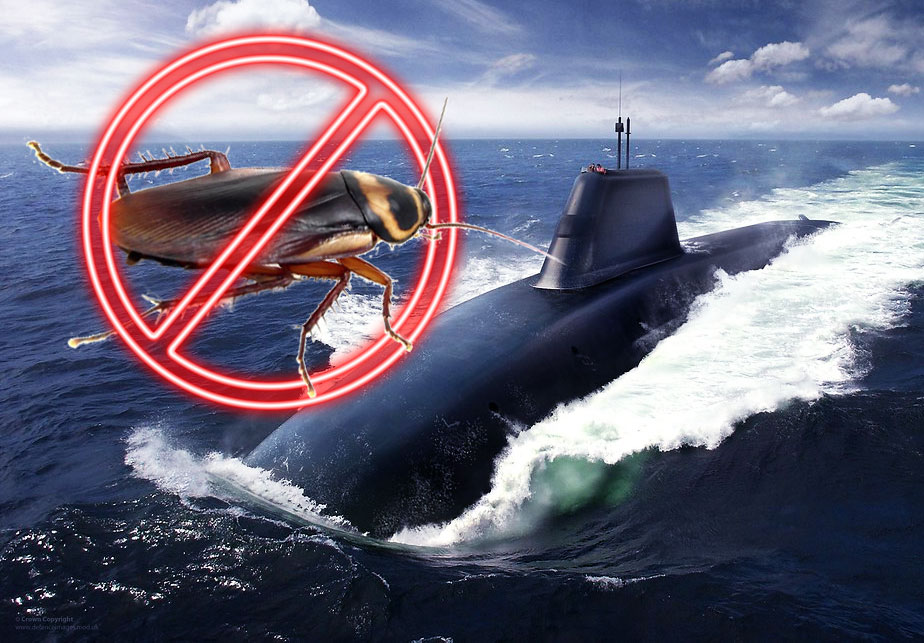
Ig Nobel Prize 2021 winner for transportation: Flying rhinos
Documentaries about savannah wildlife often bring emotional discomfort to viewers for a number of reasons, including that large animals are transported by being hung upside down from a helicopter, with a harness tied to their legs. This looks very harmful to the animals, doesn’t it? However, it turns out that this method of transportation is better than the animals lying on their sides. The Ig Nobel Prize 2021 for transportation was awarded for an experiments to determine the safety of the airborne transportation of rhinoceroses tied upside down. The research group conducted the experiments by suspending black rhinoceroses on a crane and measuring the animals’ physiological parameters for both transportation positions. The upside down transportation position turned out to be better for the animals compared to the animals lying on their sides (Radcliffe et al., 2021).
Bonus fact: Did you know that the family of Rhinocerotidae comprises of five living species? These are Ceratotherium simum (white rhino) and Diceros bicornis (black rhino) from Africa, and Rhinoceros unicornis (Indian rhino), Rhinoceros sondaicus (Javan rhino), and Dicerorhinus sumatrensis (Sumatran rhino) from Asia (Tougard et al., 2001).
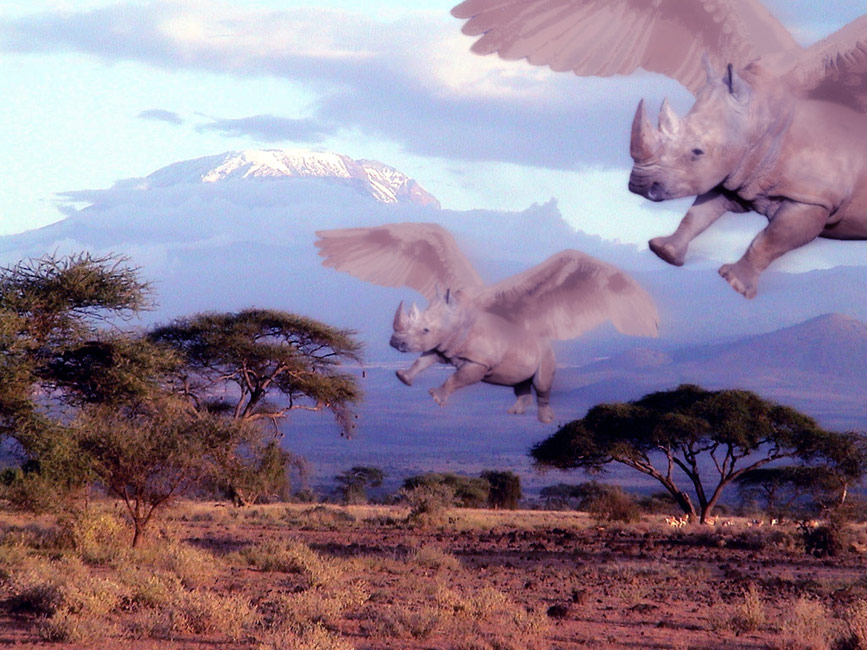
Ig Nobel Prize 2021 winner for physics and kinetics: Modelling the crowd
The Ig Nobel Prize 2021 for physics and the prize for kinetics went to research projects with a very similar topic. The prize for physics was awarded to research dedicated to the question of why pedestrians don’t always collide with each other in large crowds. The Ig Nobel Prize 2021 for kinetics went to the investigation of why pedestrians do sometimes collide with each other in crowds. The simple answer to the first question is that people can anticipate other peoples’ movement. The answer to the second question is that people are distracted, most often by their cell-phones, and cannot anticipate other people’s movement! To make things even worse, the distracted pedestrians actually impair the ability of others to anticipate the crowd’s movement. Interestingly, the kinetics prize winning research shows that in high density, bi-directional crowds, people spontaneously form lanes for each direction, probably due to individual’s anticipation of movements (Corbetta et al., 2018; Murakami et al., 2021).
Bonus fact: Did you know that the direction a person moves in order to get out of somebody’s way depends on the country? In Japan people usually evade to the left, whereas in Europe, people move to the right (Bond, 2015).
Former winners of the Ig Nobel Prize:
Read about the Ig Nobel Prize winners of 2019.
Fun and Facts
Read about the lighter side of biology and genomics.
By Matko Tudor and Dr Andreas Ebertz
Did you like this article on the funny side of biology? Then subscribe to our Newsletter and we will keep you informed about our next blog posts. Subscribe to the Eurofins Genomics Newsletter.


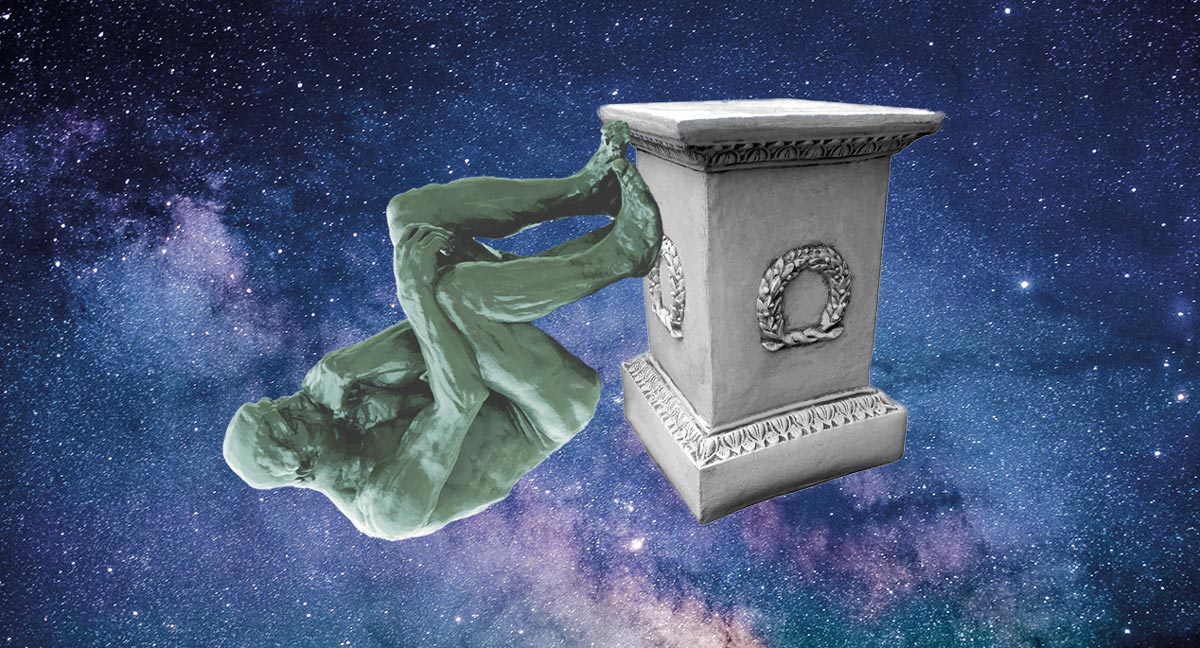





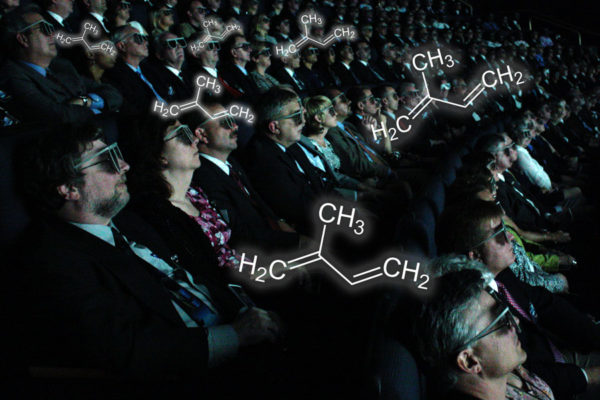


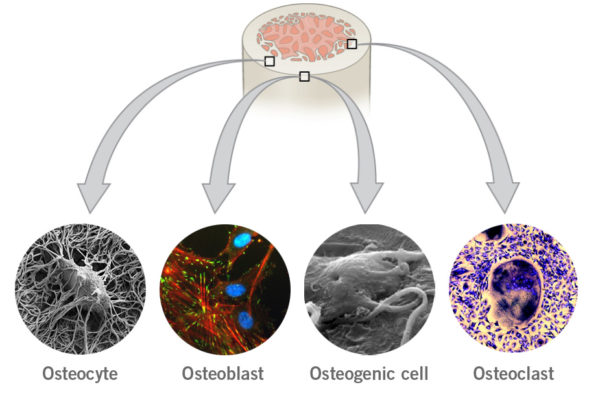




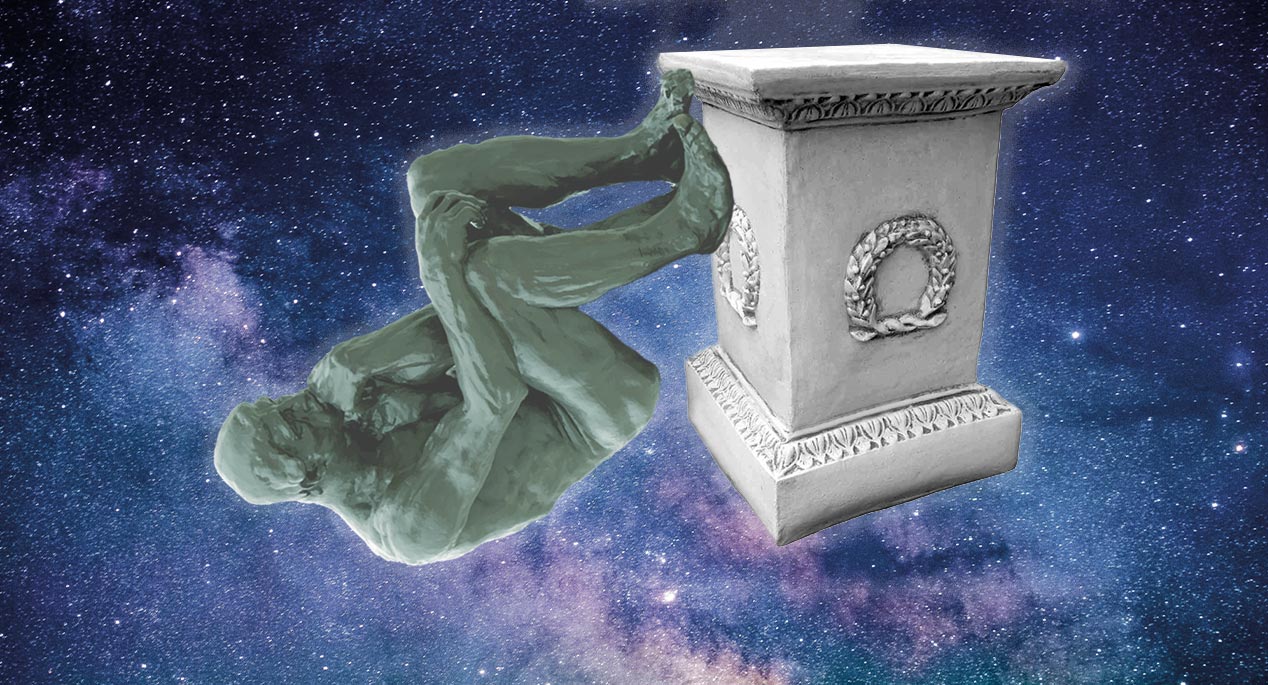





One Comment